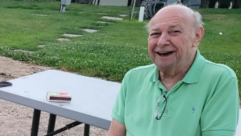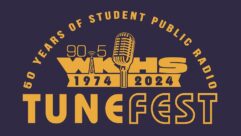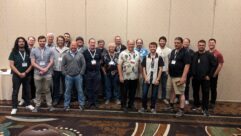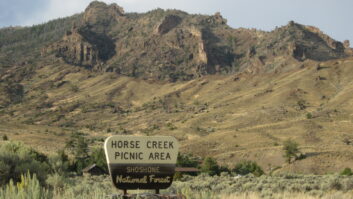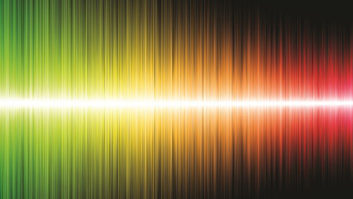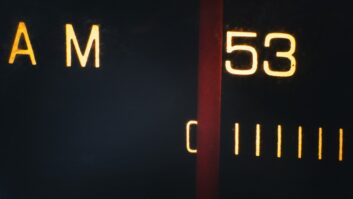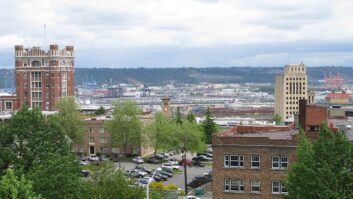
This articled originally appeared in TV Technology.
No one has suggested auctioning HF (shortwave) spectrum, but the FCC Office of Engineering and Technology’s latest list of experimental license grants from Sept. 1–30 indicates increased interest in this spectrum. Radio amateurs know that the shortwave bands allow communications over great distances without the need for satellites or terrestrial fiber or copper lines. Military and civilian operations are becoming more dependent on the Internet, but as we’ve seen, all it takes is a terrorist attack such as the still-unsolved fiber cut in northern California a few years ago to knock out fiber links that provide connectivity to a large area, or a solar storm such as the Carrington event, (a powerful solar storm in 1859), to knock out satellites in space and copper links on the ground.
Globe Wireless Radio Services was granted experimental license WH2XFC to operate on 19.7594 MHz, 19.7624 MHz, 22.7624 MHz, 22.7634 MHz and 26.1464 MHz to test back-up HF communications in Flanders (Suffolk County), N.Y.
Harris Corporation received WH2XJE to operate on various frequencies between 6060.00 and 22380.50 kHz to “conduct testing and military observed on-air demonstrations of a HF wideband waveform” at fixed locations in Rochester, N.Y.; Fayetteville, N.C.; Colorado Springs, Col.; and Mary Esther, Fla.
Rockwell Collins is also interested in HF. It received a license (WH2XIC) for experimental operation in the 2398.00 to 29720.00 kHz spectrum to “test and demonstrate wideband HF technologies” within “U.S. airspace.”
Not all of the recently granted licenses for experimental operation in HF bands are related to communications. Codar Ocean Sensors LTD was granted a license to operate on 9.3 MHz “for testing coastal radar system” mobile in San Francisco Bay and in the Monterey Bay areas of California.
